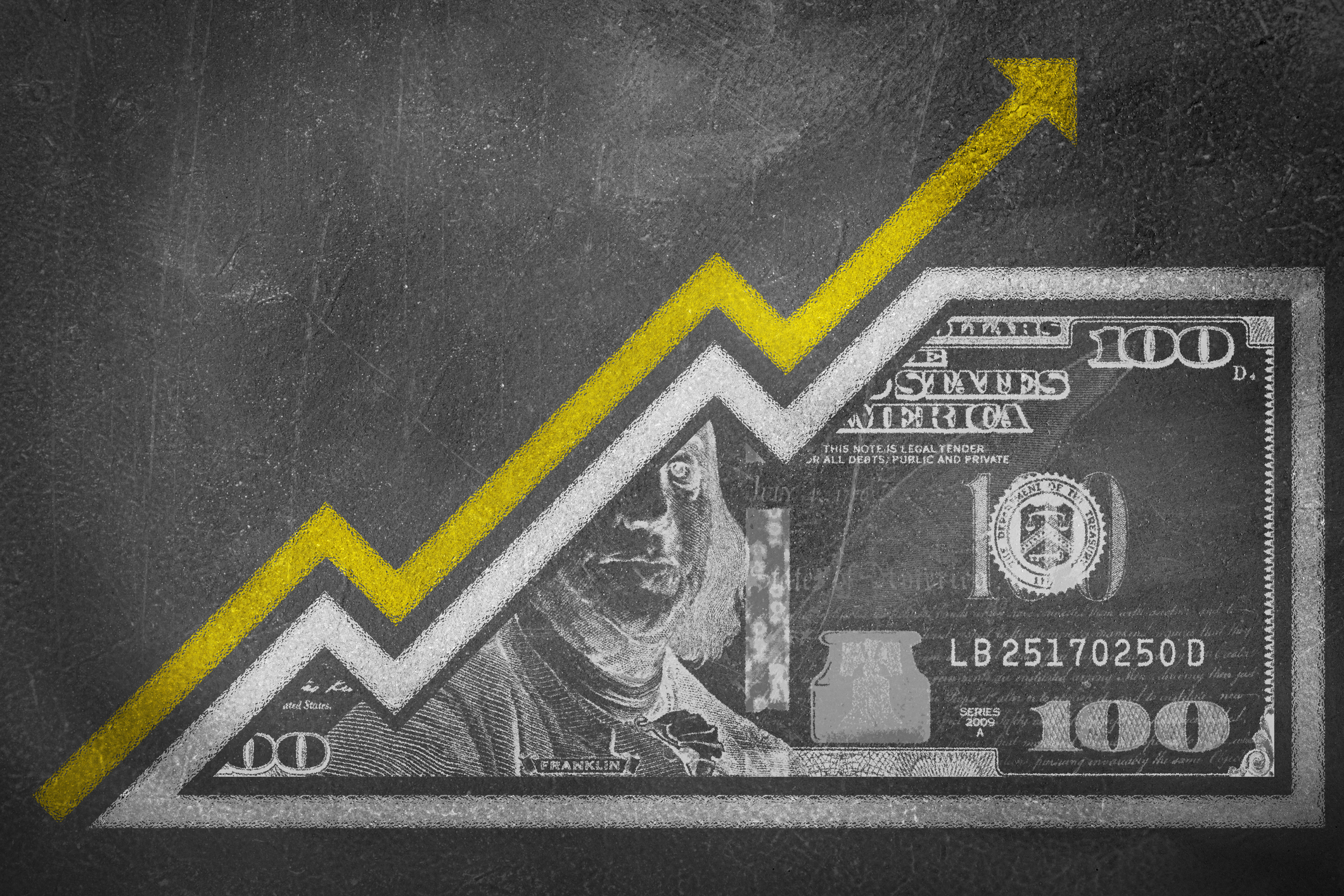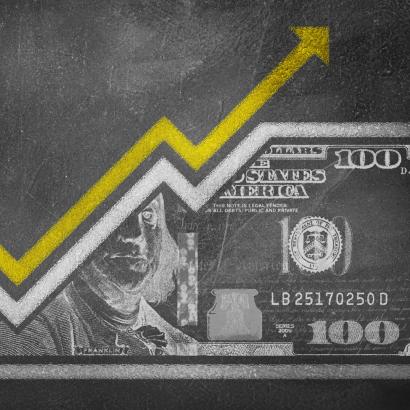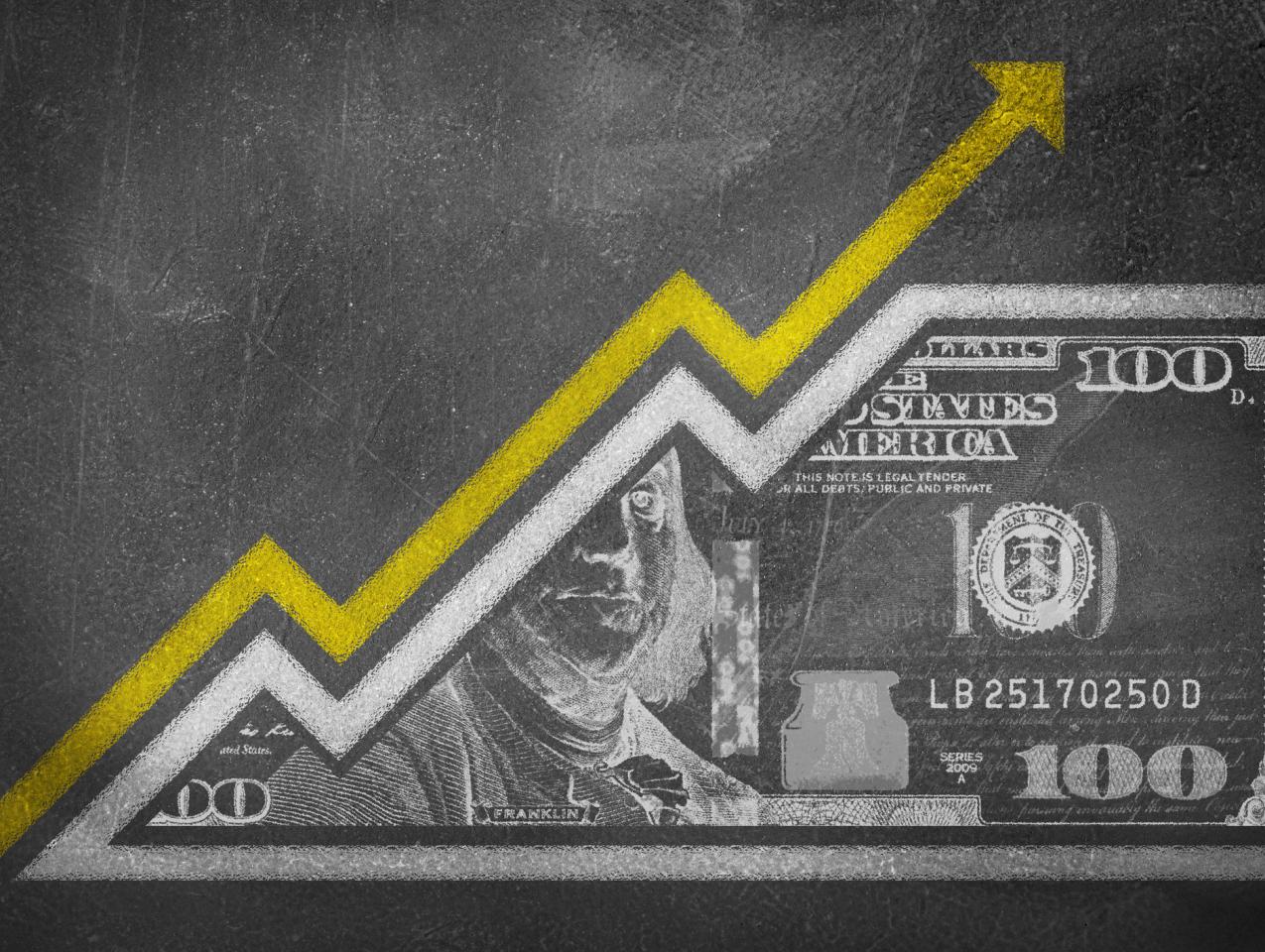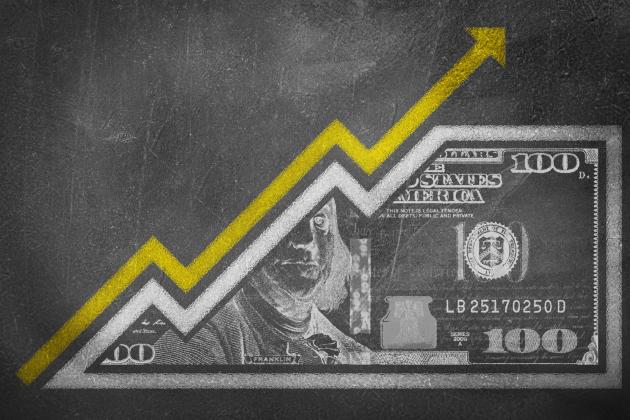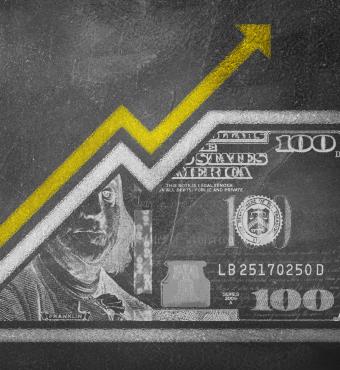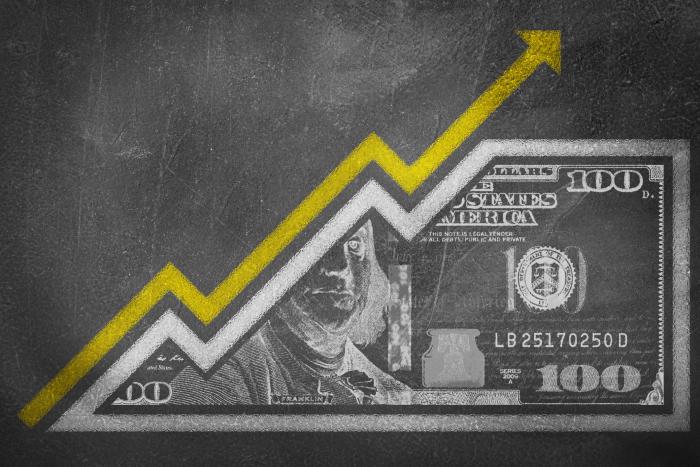- Economics
- Politics, Institutions, and Public Opinion
- State & Local
- California
This week, California Governor Gavin Newsom begins the most liberal governorship in the state’s history, with a long list of campaign promises made to politically influential supporters. This includes the California Teachers Association, which has fought tooth and nail against charter schools and against teacher tenure and merit-based-pay reforms and which firmly expects the continuation of the state’s failed education status quo. It also includes the California Nurses Association, which is one of the most vocal supporters of a single-payer (“Medicare for All”) health care system in California, which would cost more than twice as much as the entire state budget.
Newsom’s proposals are indeed expensive. His agenda also includes trying to build up to 3.5 million new housing units with substantial public investment, but without addressing regulatory inefficiencies that drive up construction costs, spending more on higher education, on green energy and reducing carbon emissions, and on universal preschool, to name just a few items.
The cost of Newsom’s agenda is also driven up by what he is not doing, in addition to what he wants to do. Newsom has no plan for state pension reform, nor does he seem to have much of an interest in addressing pensions, which is one of the most critical fiscal issues facing the state. And if Newsom were to go against the teacher unions that supported him and implement teacher tenure and compensation reforms, then learning outcomes would rise significantly, which in turn would raise future California incomes by as much as $16.6 trillion.
Much of Newsom’s $58 million in campaign contributions for last year’s governor’s race came from San Francisco, Silicon Valley, and the most expensive neighborhoods in Los Angeles, in which both incomes and political preferences differ considerably from those in California’s Central Valley and other locations far from the coast.
The economic reality is that California is one of the most challenging states to live in for all but the highest earners. The statistics presented below highlight this fact by showing that California is among the worst performing states in the country on a number of key economic dimensions that particularly affect low- and middle-income earners.
The negatives include very expensive housing, extremely high homelessness and poverty, a high tax burden, a negative business climate, high traffic congestion, poorly performing K–12 schools, and public infrastructure that is in poor condition, despite the fifth highest level of state government spending in the country.
Poverty rate: 50th
Housing affordability: 49th
Cost of living: 49th
Inflation-adjusted household income: 27th
Tax rate for top earners: 50th
Sales tax rate: 50th
Business taxes: 49th
Overall tax burden: 40th
Business climate: 47th, 48th, 50th
Infrastructure quality: average grade of D+
Traffic congestion: 47th
K–12 learning outcomes: 42nd
Homelessness rate: 50th
Gavin Newsom’s politics have changed substantially since he first became a member of the San Francisco Board of Supervisors back in 1997, when he was a fiscal conservative and opposed tax increases, when he was strongly pro-development, and when he supported charter schools and competition within K–12 education. For the tens of millions of Californians who are now struggling, including the 38 percent of Californians who live at or near the poverty line, the 1997 Newsom would offer much more hope for a better future than today’s Newsom.
But as Newsom begins to find out just how hard it is to help the many Californians whose lives are nothing like those of his most well-heeled and self-interested donors, perhaps he will choose to tack back to the principles that he had when he first entered politics. If he doesn’t, then he will be confronting a state fiscal train wreck that will ultimately force him to do an about-face. Let’s hope he sees this sooner rather than later.







